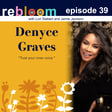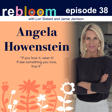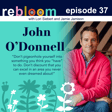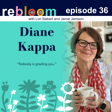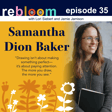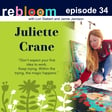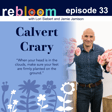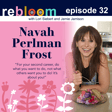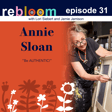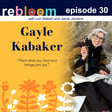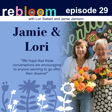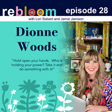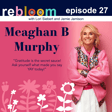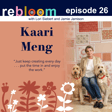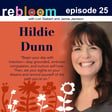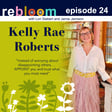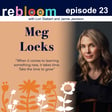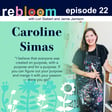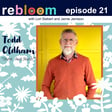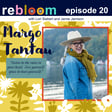
Behind UPPERCASE: The Creative and Curious Journey of Janine Vangool
At UPPERCASE publishing, Janine Vangool truly does it all! As the driving force behind every aspect of the business, Janine wears multiple hats: publisher, editor, designer, customer service representative, logistics coordinator, subscription manager – you name it, she’s involved. Janine embodies the UPPERCASE ethos: a commitment to craft, a love for the creative process, and an appreciation for the beauty of handmade things.
Janine’s journey began with a background in graphic design. Working as a freelance designer for arts and culture clients, she honed her skills and built a strong foundation in visual storytelling. Along the way, she also taught typography and publication design at the college level, passing on her passion to the next generation of designers.
Her love for design isn’t limited to publishing. Janine has been a shop owner and bookseller, curated galleries, launched a wholesale line of greeting cards, and, impressively, hand-assembled 10,000 books with the help of a dedicated team. Her sewing skills even found their way into her business, as she crafted products for retail by hand.
Adding to her creative repertoire, Janine has collaborated with Windham Fabrics on four distinct collections. Her love for vintage items, particularly typewriters, has not only influenced her personal style but also inspired an entire book. Janine also created the UPPERCASE Encyclopedia of Inspiration—a beautifully curated series of books that are thoughtfully designed and offer a high-quality tactile experience that delves deeply into niche creative fields.
Janine’s story is a must-hear for anyone with a creative spirit and a curious mind!
Website:
https://uppercasemagazine.com/
Newsletter signup:
http://uppercasemagazine.com/free
Instagram:
https://www.instagram.com/uppercasemag/
Our Podcast is proudly sponsored by Jet Creative and UrbanStems! Jet Creative is a women-owned marketing firm committed to community and empowerment. If you are looking to build a website or start a podcast--visit JetCreative.com/Podcast to kickstart your journey. UrbanStems is your go-to source for fresh gorgeous bouquets flowers and gifts delivered coast-to-coast! USE: BLOOMBIG20 to save 20%! Subscribe to this podcast and follow us on Instagram and Facebook @rebloom.podcast
